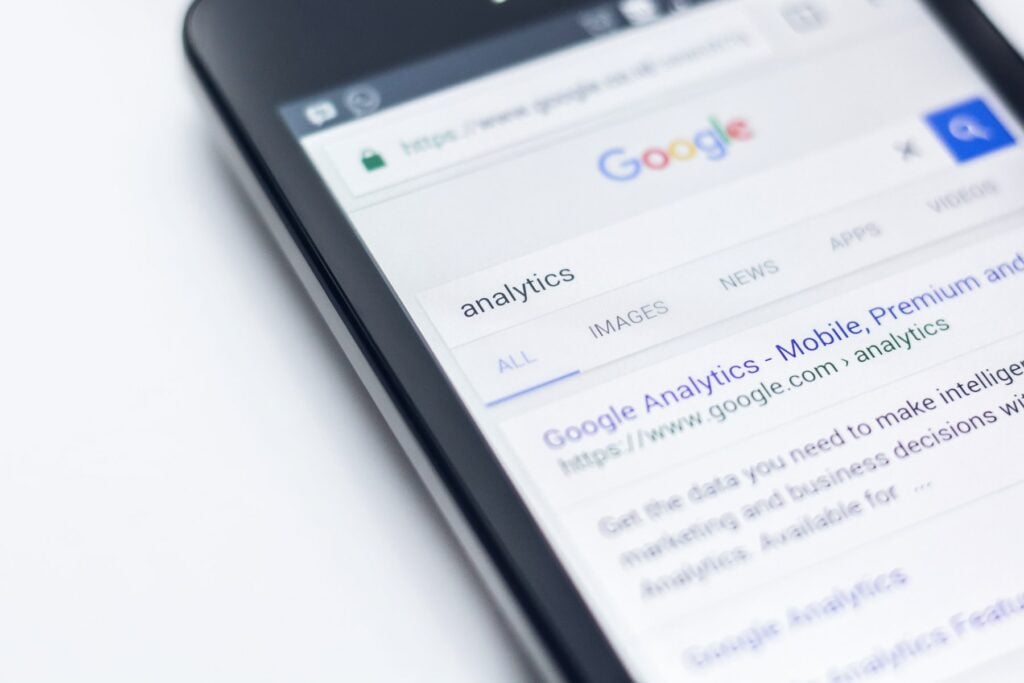![The ‘Giveaway Piggy Back Scam’ In Full Swing [2022]](https://www.cjco.com.au/wp-content/uploads/pexels-nataliya-vaitkevich-7172791-1-scaled-2-683x1024.jpg)

Reimagining Web Design: A Strategic Approach to Aligning User Needs with Business Goals

As Seen On
In the early days of my career, spearheading a web design project was to some, a rather artistry task. I remember vividly a case where a top-tier client requested a website overhaul, furnished with spectacular graphics and cutting-edge animations. The design team was thrilled, freestyling from mere visual concepts, and the result was aesthetically exquisite. However, post-launch, the website didn’t perform as anticipated. Why? We jumped straight into design without clearly defining content ideas, SEO strategy, or revenue growth-related KPIs. An error so pivotal that it started a revolution in our approach towards website design and development.
Designing a website without definitive content or disregard for critical metrics can set a project on a rocky path. A visually appealing site may impress visitors superficially, but businesses need more than just attractive aesthetics for achieving higher conversion rates. A strategic pre-design planning that combines business goals with user needs forms the core of a website that performs, converts, and contends.
Recognizing the importance of pre-design planning is a crucial first step to creating an effective website. Experience has shown that rushing into website projects without meticulous planning more often results in suboptimal performance. Pre-design planning prioritizes understanding the user’s needs, their pain-points, identifying what motivates them, and mapping that understanding onto the business’s goals.
Here, defining Key Performance Indicators (KPIs) early in the process aids in realizing these goals. The trap of defining “more traffic” as a success metric is all too common. But attracting “more traffic” doesn’t guarantee more conversions or even the right type of traffic. Therefore, businesses should choose tangible KPIs like ‘increased downloads of free trials,’ ‘scheduled demos,’ or ‘product sales’ to track progress effectively. Perceptions change, and so do user needs and business goals. So, it’s necessary to remain flexible and adaptable, revising these KPIs over time if required.
A practical method to create a holistic KPI list is by considering user actions that significantly contribute to the website’s success. Start by brainstorming all possible actions users can perform on the site, categorize them according to their relevance and then prioritize based on their contribution to the business objectives. It’s not a one-time process but requires consistent reviewing and tweaking.
The user lies in the heart of the digital market sphere, hence aligning content with their needs and expectations is paramount. Incorporating client interviews and user behavior analysis ensures tailor-made content for your audience. Preference can be given to customers or frequent website users, seeking their inputs about their user experience, areas to improve, and why they chose your service over others.
Tools that specialize in studying user behavior such as Hotjar or Inspectlet can prove invaluable. These heat mapping tools track user interactions, allowing designers to make data-backed decisions regarding layout adjustments, understanding what elements draw more attention, helping in personalizing user experience.
Reimagining web design involves a strategic shift – transitioning from a pure design-first approach to a superior blend of web design and business strategy. It’s about reconciling user needs with business goals, fueled by pre-design planning, laser-focused KPIs, and a keen understanding of user behavior. The outcome here is not just a visually pleasing website, but one that performs, delivers high user satisfaction, and drives business growth.
In the world of web design, it’s not only about how we paint the canvas but what the painting makes the viewer feel and do. Remember, a beautifully designed website that performs poorly in meeting business goals and user needs is less valuable than a less aesthetically pleasing one that converts and returns. Re-prioritize, re-strategize, and redefine your website design projects to ensure they are not just visually remarkable, but also functionally powerful and economically profitable.
Casey Jones
Up until working with Casey, we had only had poor to mediocre experiences outsourcing work to agencies. Casey & the team at CJ&CO are the exception to the rule.
Communication was beyond great, his understanding of our vision was phenomenal, and instead of needing babysitting like the other agencies we worked with, he was not only completely dependable but also gave us sound suggestions on how to get better results, at the risk of us not needing him for the initial job we requested (absolute gem).
This has truly been the first time we worked with someone outside of our business that quickly grasped our vision, and that I could completely forget about and would still deliver above expectations.
I honestly can’t wait to work in many more projects together!
Disclaimer
*The information this blog provides is for general informational purposes only and is not intended as financial or professional advice. The information may not reflect current developments and may be changed or updated without notice. Any opinions expressed on this blog are the author’s own and do not necessarily reflect the views of the author’s employer or any other organization. You should not act or rely on any information contained in this blog without first seeking the advice of a professional. No representation or warranty, express or implied, is made as to the accuracy or completeness of the information contained in this blog. The author and affiliated parties assume no liability for any errors or omissions.

